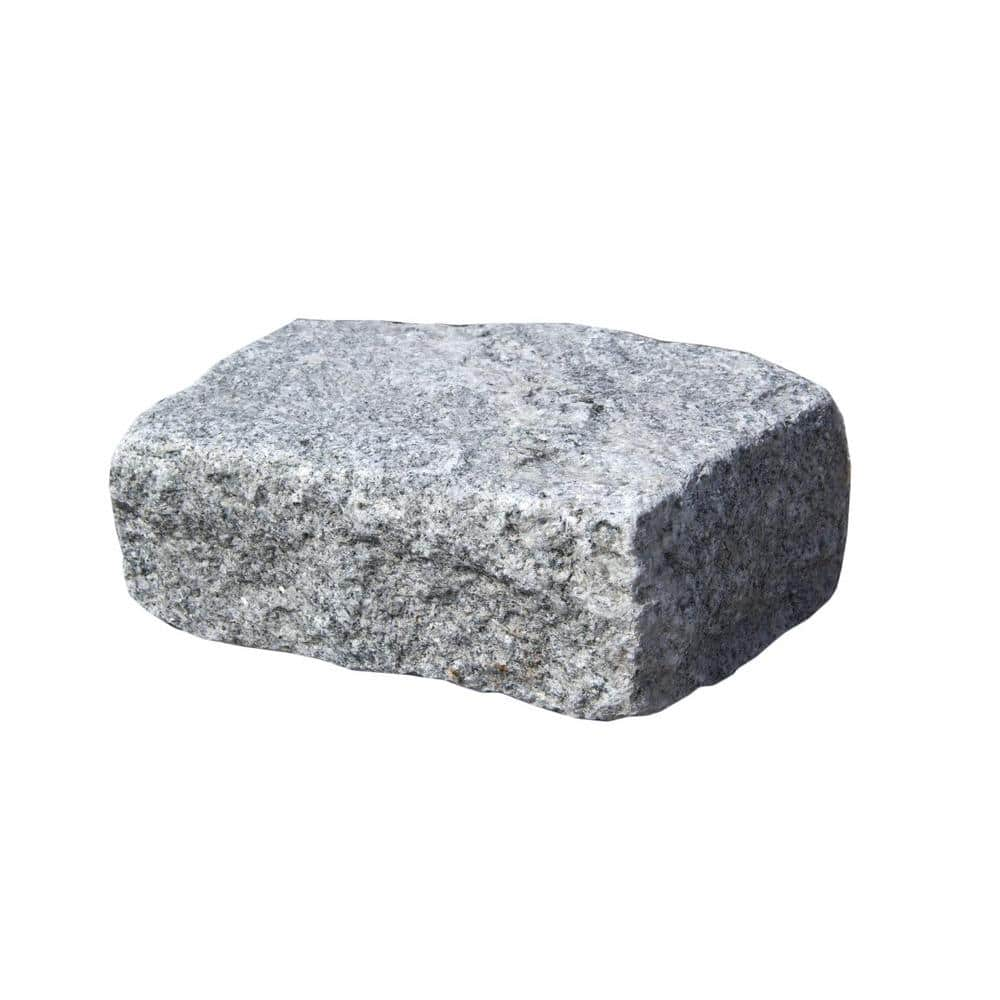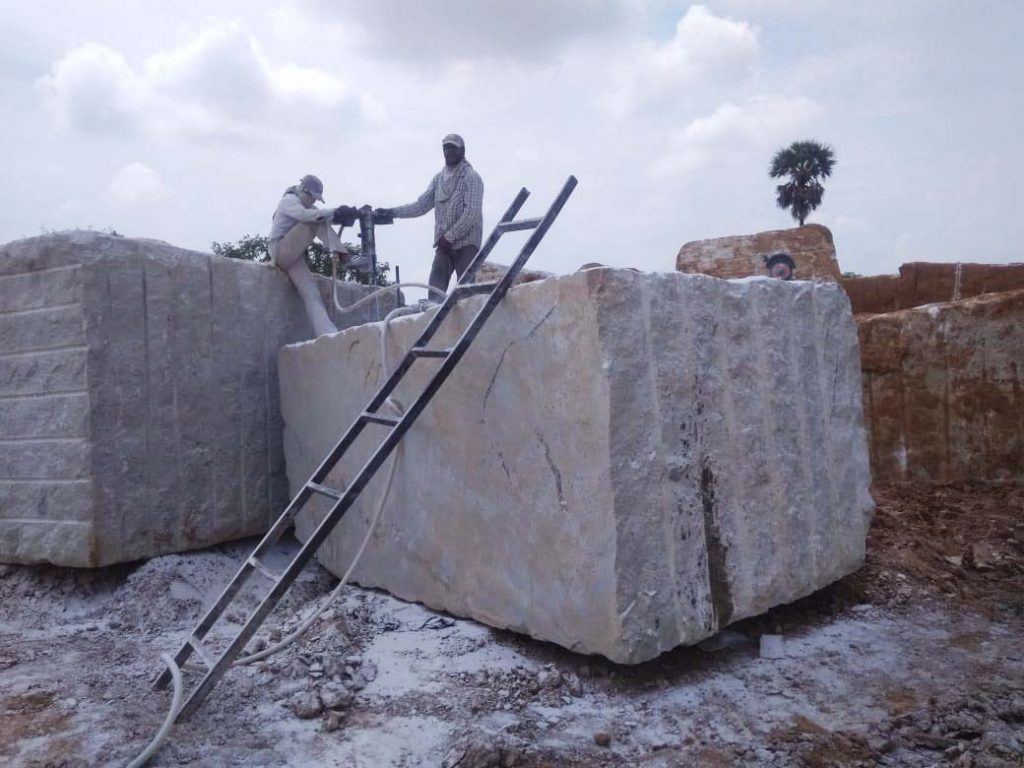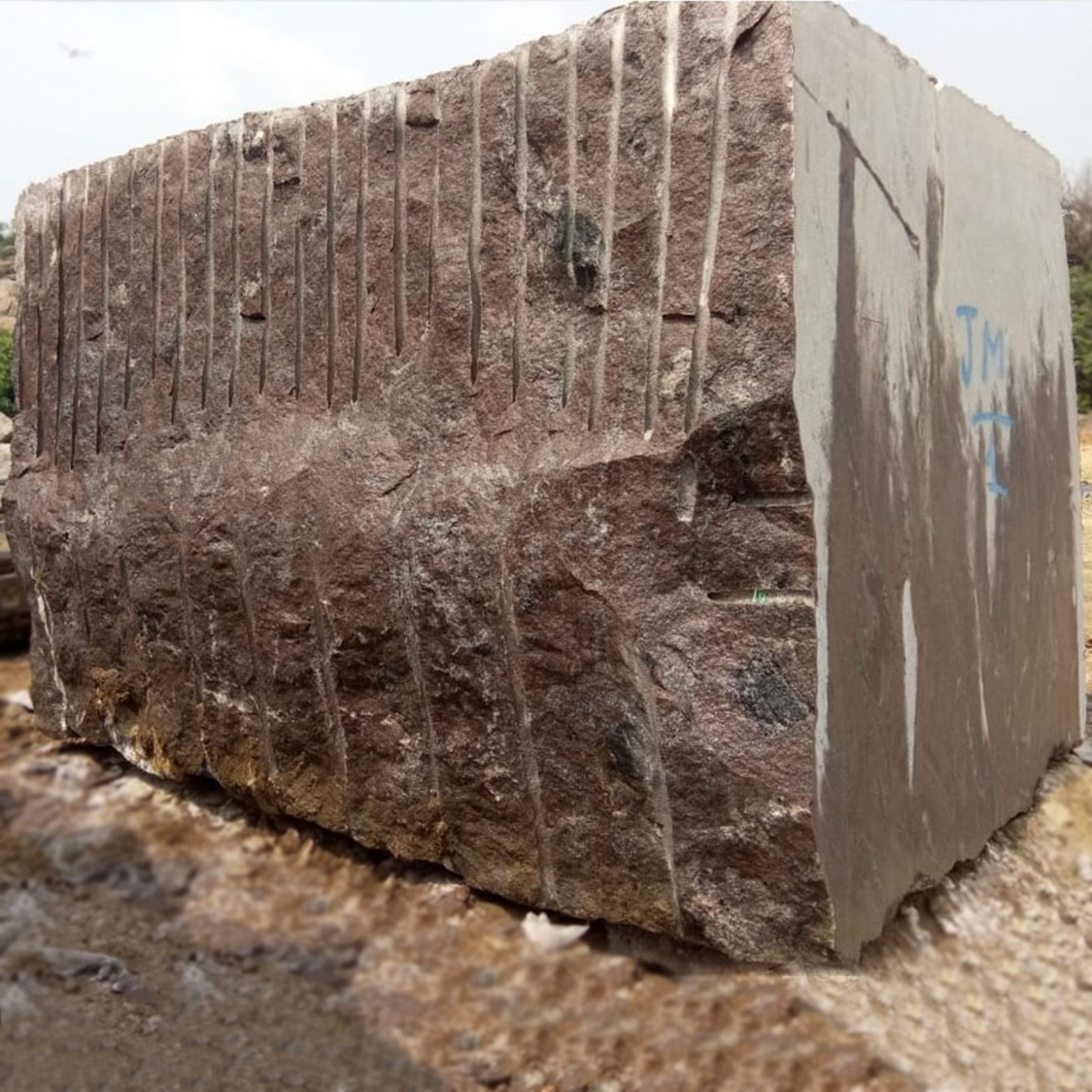From Rock to Elegance: Uncovering the Tricks of Granite Quarries
' From Stone to Elegance: Uncovering the Secrets of Granite Quarries' is an exploration right into the interesting world of granite quarries. This detailed research study looks into the history, removal process, devices, and methods used in granite quarrying. It additionally clarifies the makeover of raw granite right into building marvels, showcasing the elaborate workmanship associated with producing sensational frameworks. The publication checks out the influence of granite quarries on the setting, giving beneficial understandings right into lasting methods and environmental conservation. With its meticulous study and interesting story, 'From Rock to Natural beauty' uses a beneficial source for specialists, scientists, and lovers in the field of quarrying and architecture.
The History of Granite Quarries

In ancient Egypt, granite quarries were strategically situated along the Nile River, supplying easy access to transfer the hefty stone blocks. The well-known pyramids of Giza, including the Terrific Pyramid, were constructed utilizing granite sourced from these quarries. In ancient Greece, the island of Naxos was renowned for its high-quality white marble, which was quarried and used in the building and construction of renowned buildings like the Parthenon.
The Roman Realm likewise depended greatly on granite quarries, especially in the construction of their grand building projects. The Colosseum in Rome, as an example, was constructed utilizing granite sourced from quarries in Egypt and Greece. The Romans better advanced the quarrying strategies, utilizing competent craftsmen and engineers to remove and transportation granite across vast ranges.
Today, the tradition of these old granite quarries proceeds to inspire modern style and building. The understanding and competence obtained from centuries of quarrying have actually been passed down through generations, ensuring that granite stays a valued and in-demand structure material.
The Extraction Refine of Granite
Having actually explored the historic relevance of granite quarries, we now explore the details of the removal process, which is an important step in changing raw stone right into the stunning building product it comes to be. The extraction process of granite involves several stages, beginning with the preliminary exploration and identification of prospective quarry websites. When an appropriate website is found, the removal process starts with the removal of overburden, which refers to the dirt, greenery, and other products covering the granite deposit.
After the overburden is removed, the following step is piercing and blasting. This involves drilling openings into the granite using specialized equipment and then placing nitroglycerins right into the openings. The explosives are detonated, fracturing the granite right into workable items. These items are then additional damaged down into smaller dimensions making use of machinery like ruby wire saws or hydraulic splitters.
Once the granite is broken down into smaller sized dimensions, it is packed onto trucks or conveyor belts and moved to a handling center. At the handling facility, the granite is further refined via cutting, shaping, and polishing processes. granite quarries in rustenburg. This is done utilizing various cutting and polishing tools, such as grinders, saws, and polishers, to achieve the desired finish, form, and size
Devices and Strategies Used in Granite Quarrying
Granite quarrying entails the application of a variety of devices and methods to extract the stone from the earth's surface. These strategies and devices have actually evolved over time, becoming a lot more innovative and effective. Among the key tools used in granite quarrying is the diamond cord saw. This device includes a wire installed with ruby beads, which are able to reduce via the granite with precision and ease. The wire is linked to a maker that manages the stress and speed, permitting accurate and regulated cutting.
An additional important tool in granite quarrying is the boring machine. When the nitroglycerins are detonated, they crack the granite, making it easier to draw out from the quarry.
In addition to these devices, there are various methods used in granite quarrying. These techniques, along with the usage of sophisticated machinery, have actually made granite quarrying a lot more effective and less labor-intensive.
Transforming Raw Granite Into Architectural Marvels
After the extraction process, the raw granite goes through a transformative trip to come to be breathtaking building wonders. This process involves numerous phases that call for precision and workmanship. To start with, the drawn out granite blocks are transported to a construction center where they are cut right into pieces of numerous thicknesses utilizing advanced cutting devices such as ruby cable saws. These slabs are then brightened to improve their natural beauty and develop a smooth, glossy finish.
When the slabs prepare, they can be additional processed to fulfill certain design needs. Competent artisans utilize advanced equipment and tools to form the granite into wanted types, such as countertops, floor covering tiles, or intricate sculptures. This procedure demands meticulous interest to detail and experience to make certain that the end product meets the best standards.
Following, the completed granite items click for more info are meticulously checked for any imperfections or imperfections. Any type of small flaws are attended to, and the pieces are carefully cleaned up to remove any dust or debris. The changed granite is packaged and prepared for transport to its desired destination.

The Influence of Granite Quarries on the Setting
The environmental impact of granite quarries is a significant issue that should be dealt with in order to guarantee lasting practices in the stone sector. Granite quarries can have a destructive effect on the surrounding atmosphere, consisting of the destruction of habitats, air pollution of air and water, and the generation of excessive noise and dirt.
Among the primary worries is the destruction of natural habitats. Granite quarries often include the elimination of huge amounts of vegetation and topsoil, causing the variation of wildlife and disruption of ecological communities - granite quarries in rustenburg. This loss of biodiversity can have lasting repercussions for the surrounding setting
Another her latest blog major problem is the contamination of air and water. Quarrying tasks can launch unsafe pollutants into the atmosphere, such as particulate matter and hazardous gases. These contaminants can add to air contamination and have damaging wellness effects on both humans and wildlife. Furthermore, the removal of granite can cause the contamination of neighboring water resources via the discharge of chemicals made use of in the quarrying process.

To alleviate these ecological effects, the rock market should take on sustainable techniques. This includes carrying out steps to decrease habitat devastation, enhancing air and water pollution controls, and carrying out effective dirt and read noise suppression strategies. Additionally, improvement initiatives ought to be undertaken to recover quarried areas to their natural state and sustain the regeneration of biodiversity.
Verdict
In conclusion, granite quarries have actually played a considerable duty in shaping human history and proceed to contribute to architectural wonders. The removal process entails the usage of specialized strategies and devices, transforming raw granite right into stunning frameworks. The effect on the setting have to be carefully managed to guarantee sustainability. Understanding the tricks of granite quarries enables us to value the workmanship and appeal that can be stemmed from this natural deposit.
' From Rock to Grandeur: Unearthing the Secrets of Granite Quarries' is an expedition right into the interesting globe of granite quarries. The history of granite quarries can be traced back to ancient times, with evidence of quarrying activities found in ancient Egypt, Greece, and Rome. The Colosseum in Rome, for example, was developed making use of granite sourced from quarries in Egypt and Greece - granite quarries in rustenburg. These strategies, along with the usage of innovative equipment, have made granite quarrying much more efficient and much less labor-intensive. In addition, the removal of granite can result in the contamination of close-by water resources through the discharge of chemicals used in the quarrying procedure